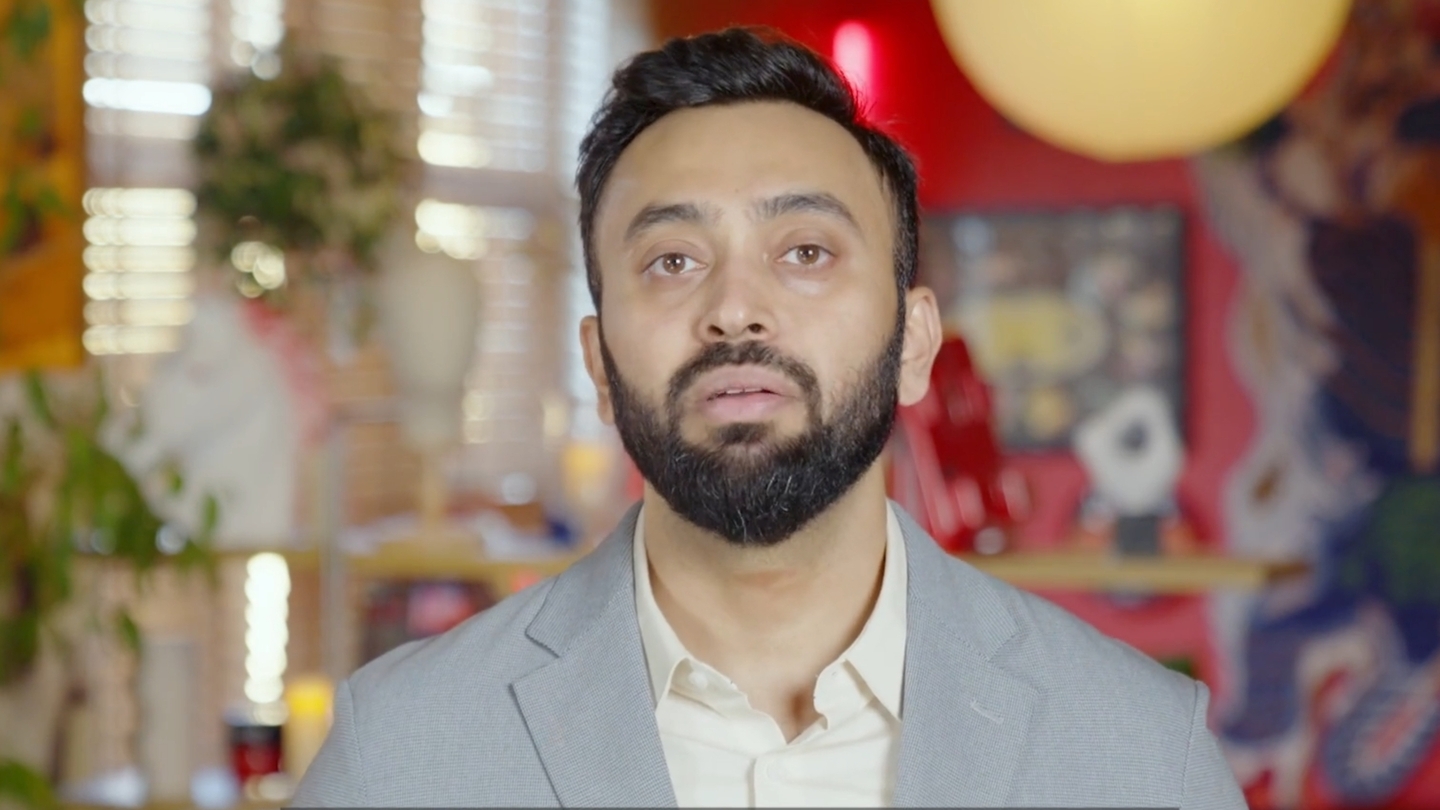Ongoing technological, operational and commercial barriers mean the full potential of programmatic TV is yet to be unlocked, discovers David Davies.
Commercial opportunities heralded by programmatic TV and its underlying technologies, which leverage data and automation to streamline ad buying and delivery against TV content on different platforms, are an increasingly prominent topic as the shift from linear TV to streaming accelerates. As it stands, however, significant obstacles remain in preventing programmatic TV from achieving its full potential.
That’s the central position of a new venture, the European Programmatic TV Initiative (EPTVI), which has been formed by media tech companies – including The Trade Desk, PubMatic, Equativ, Magnite, Cadent and Adform – in conjunction with The Project X Initiative and up to 14 major European broadcasters, streamers and agency groups. As well as seeking to “create a comprehensive understanding of programmatic TV”, including its benefits and drawbacks, it also has a very defined objective of authoring a roadmap for the future development of programmatic TV in Europe...
You are not signed in.
Only registered users can view this article.

Finding our ethical true north on AI: Part II
Part two of our insight into AI ethics and regulation continues with observations on industry efforts around standards and best practices, and why human impact should be the guiding force. James McKeown reports.
/Source - shutterstock_2464837145 (1).jpg)
Digital Catapult: AI innovations to supercharge the creative industries
Accelerated VFX workflows, video game characters you can converse with, and auto-generated visual experiences from sound for XR headsets are just some of the AI innovations devised by start-ups as part of a recent Digital Catapult programme. Adrian Pennington reports.
.jpg)
Neural Radiance Fields – A new approach to 3D modelling
From the chemical, mechanical and electrical process of creating a film, to the rise of virtual production, visual storytelling has always turned to cutting-edge technologies. Now Neural Radiance Fields (NeRF) could replace the traditional technological foundations that broadcasting and film are built upon. IBC365 speaks to leading researcher, Professor Ravi Ramamoorthi.
.jpg)
Future predictions – Part II: Leaders and analysts
The coming year hints at big changes in focus and innovations for the media and entertainment world. With giant leaps in AI advancements, streamlining production and the road ahead for ad-tech, how can vendors meet the demands of the hungry yet cost-conscious consumer, whilst staying ahead of the game? John Maxwell Hobbs gathers more expert insight from leaders and analysts in the second part of our future predictions series.

Future predictions – Part I: Broadcasters and suppliers
As we wrap up 2024, it’s time to consider what lies ahead for the media industry in 2025. John Maxwell Hobbs probed industry executives to share their crystal ball predictions on themes spanning the impact of AI, the transition from hardware to software-based solutions, data security and ways of reaching new audiences.




